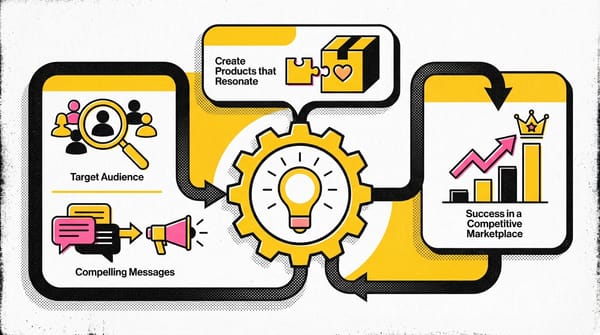Interpreting Data
Unlock the power of data interpretation! Learn to extract insights and craft compelling stories that drive impactful decisions in your business.

- The final step in the OSEMN Framework is interpreting data analysis results.
- Interpretation involves generating insights and telling a story with the data.
- This week focuses on how to draw conclusions from analysis and create compelling data stories.
- The course will cover approaches to data interpretation and storytelling techniques.
- A real-life example will demonstrate how the OSEMN Framework can be applied to influence policymakers.
- Data-backed storytelling is a powerful skill for data analysts to develop.
Answer Your Business Question with Your Data
- The interpret stage is the final and crucial step in the OSEMN data analysis process.
- It involves translating analytical findings into a business context.
- The main goals of the interpret stage are:
- Understanding the results and insights from your model
- Explaining findings to non-technical audiences clearly and concisely
- Interpretation is essential for making analytical results actionable and trustworthy.
- The focus is on generating insights that can drive better decision-making for the company.
- Effective interpretation bridges the gap between technical analysis and practical business applications.
Understand the Results of Your Model
- Revisit the initial analysis objective to maintain focus
- Evaluate how the data answers your questions and identify additional insights
- Consider how to apply findings in a business context
- Assess confidence in results using statistical testing
- Understand the factors affecting statistical significance: averages, dataset size, and data distribution
- Remember that the goal is to make informed decisions that drive business forward
- Balance confidence in results with business risk when deciding to take action
- Recognize that even the best models have limitations
Explain Your Findings
- The "Interpret" stage is crucial in the OSEMN process, where data insights are transformed into actionable recommendations.
- Effective data storytelling is essential for communicating findings to both technical and non-technical audiences.
- Slide presentations are a versatile medium for presenting data analysis results across various industries.
- A well-structured presentation should include:
- Recap of the original problem
- Overview of the OSEMN process steps
- Clear and accessible data visualizations
- Explanation of findings
- Concrete recommendations based on the analysis
- Visualizations should be designed to make data easily understandable, highlighting key trends and patterns.
- The presenter acts as a translator, turning data into a compelling narrative that connects to the original problem.
- Recommendations should be clear, actionable, and directly linked to the findings from the data analysis.
- The ultimate goal is to bridge the gap between raw data and real-world decisions, demonstrating the power of data analytics in driving business improvements.




